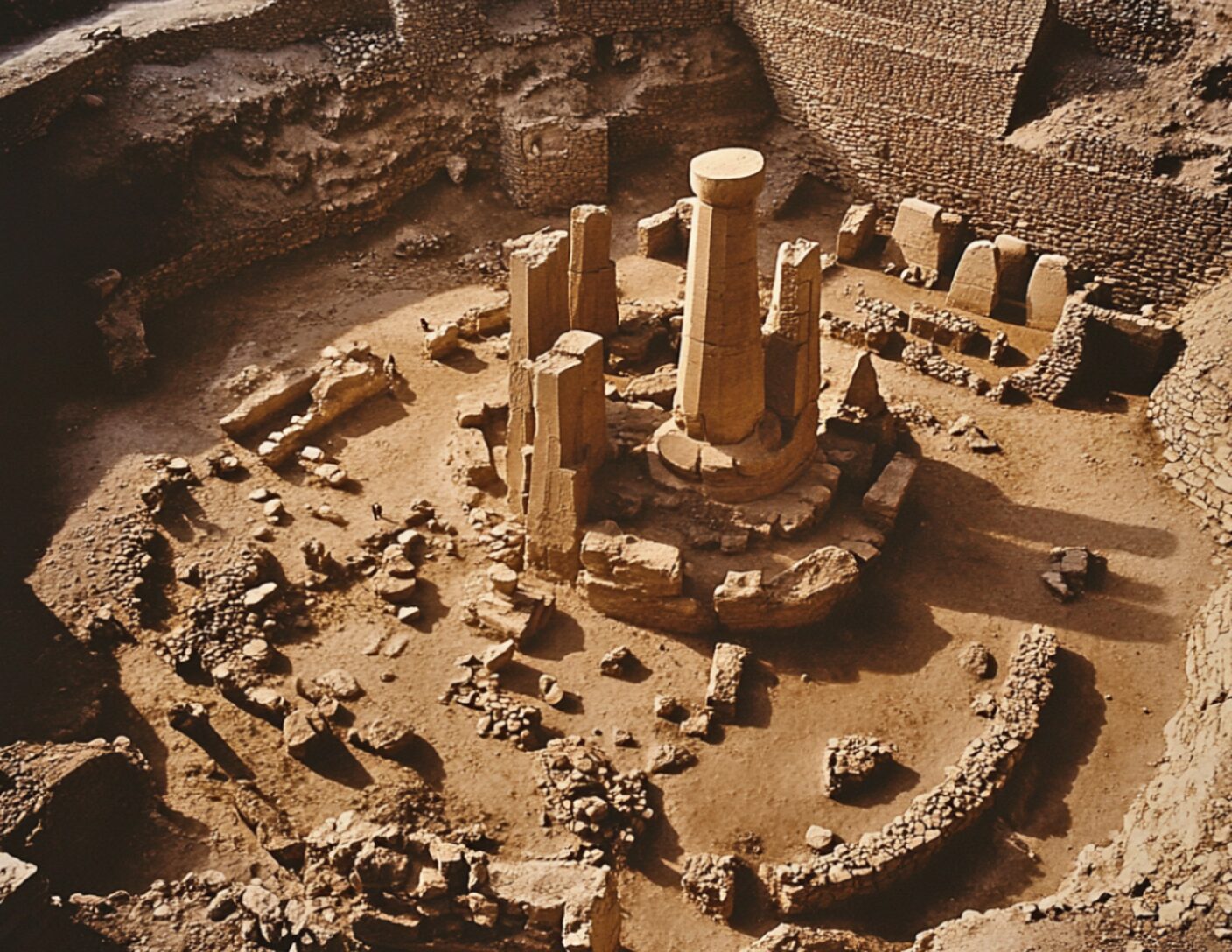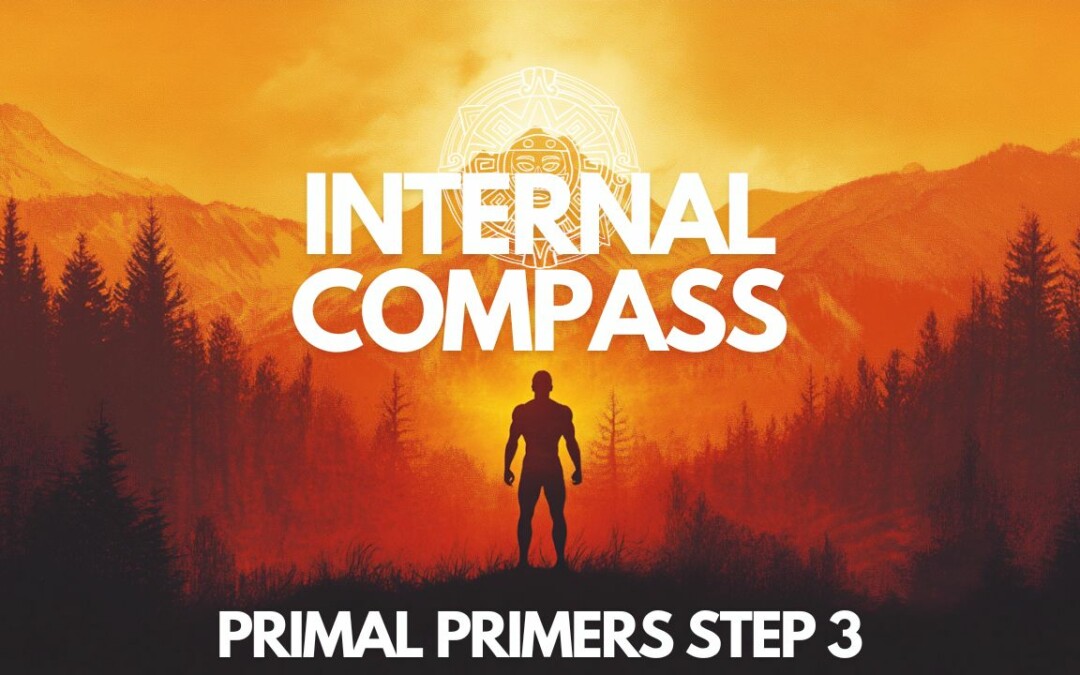Primal Primer 15 (Mentality)
The first known calendar used by humans dates back to 10,000 year ago; and before this ledger, many proxies were used in efforts of tracking time and staying organized. Similar to Time awareness, the science and technology that is still influential in modern times emphasized the importance of knowing where we are in time and space. Time flows in one direction and without interruption; early sapiens recognized that paying attention to this conceptualized river was critical in managing a lifetime.
Technology has taken over as time keeper. No longer do we use shadow, star, or follow animal patterns. Time keeping was central theme in many monolithic structures created by our ancestors; it is mission critical that we honor this instinct and organize time in metaphorical season again.
Tools Of Time
Sun Dial – Dating back 3,500 years ago in Egypt, the shadow clock consists of a vertical stick or obelisk, casting shade upon ground. By tracking movement, one can estimate times of day.
Lunar Calendar – Hunter & gatherers created the first lunar calendar in Scotland 10,000 years ago. Consisting of a series of pits alined with the phases of the moon; a structure indicating day, week, month, and seasonal.
Solar Calendar – Ancient Egyptians developed one of the first solar calendars 4,500 years ago, based on the annual rising of the star Sirius. Consisting of 12 months of 30 days with additional five days at the end of the year, totaling 365 days.
Star Positions – The position of stars and constellations is another method for tracking time, particularly over longer periods. The long cycle of earth’s precession (earth is tilted and wobbles conically) takes 26,000 years to complete; with our sun housing through each of the 12 zodiac constellations every 2,160 years (1 degree every 72 years). Many global monolithic structures were built commemorating zodiacs of its time, imprinting time stamps.
Solstices & Equinoxes – Observations of the sun’s position at specific times of the year (marking the longest and shortest days annually) forecasted changes of season while signaling important activities of planting, gathering, hunting, and migration.
Plant & Animal Cycles – Migration, pattern of hunted prey, and flowering / fruiting of flora serve as natural calendars, directing seasonal hunting and gathering activities.
Live By Calendar
Commit all important non negotiable daily activities to the calendar. Live the mantra: If it isn’t on calendar, then it isn’t happening. Sapiens are inherently busy; days not marked by leisure, but marathons of productivity and provision. Intention and planning are essential in achieving any substantive personal or organizational long term goal.
~Cave Implementation~
Take control of your life by creating habits of responsibility that are unavoidably and systematic; keeping priority events in view, uninterrupted, and with the best focus forward.
Become versed in calendar of choice: Google, Outlook, paper & pen. Schedule out all re-occurring events with 15 minute prior automatic reminders. Do this with workouts, meetings, deadlines, and family functions (birthdays, anniversaries, or historic day-marks). When accosted with impromptu tasks, set up calendar locks. For larger requests from co-workers, request them to reference viewable calendar availability and request a 30 minute block of time. Keep your phone on silent, and only answer voicemail or return calls when scheduled; not when demanded through notification or ringer.
If It Isn’t On Calendar, It Isn’t Happening.















